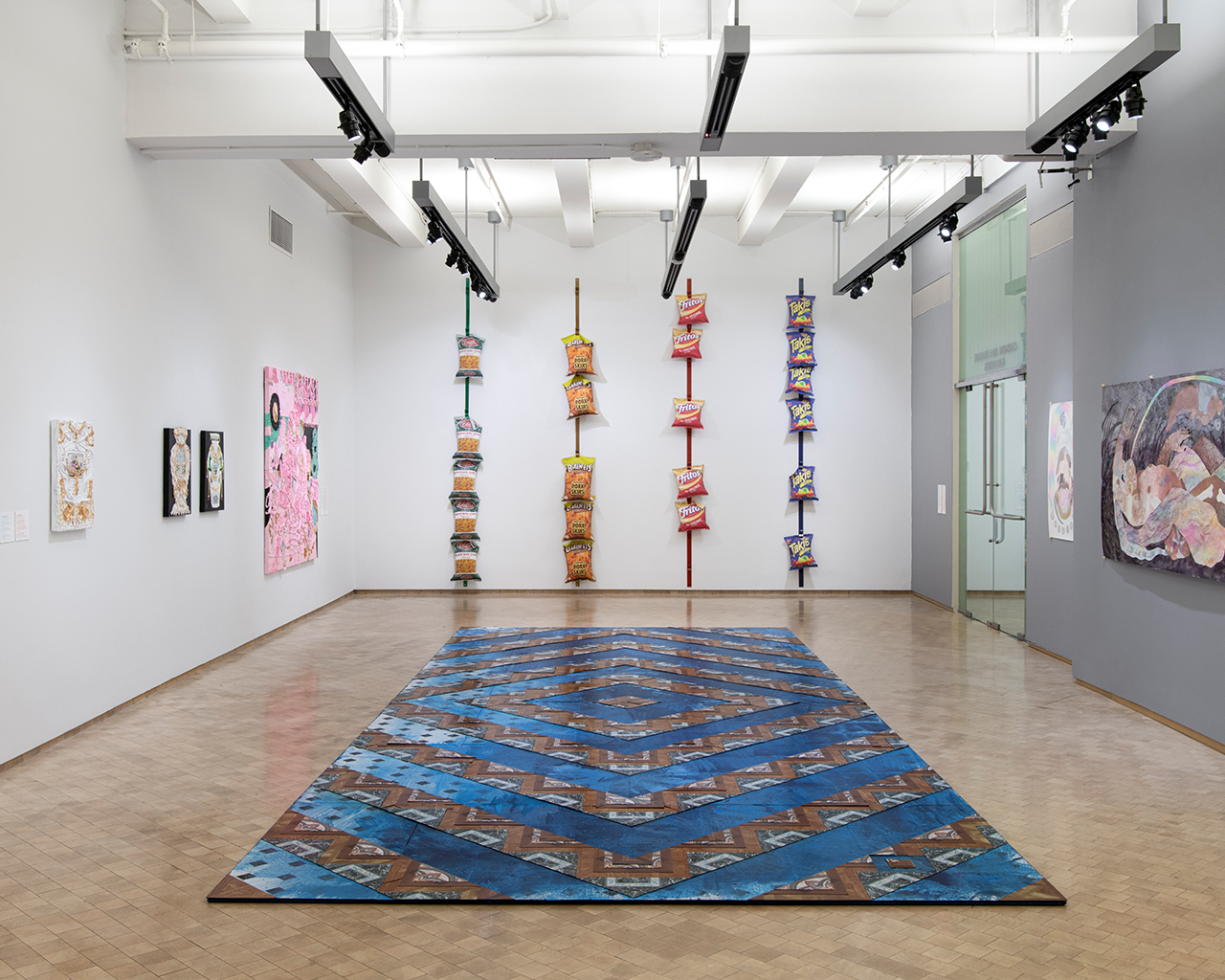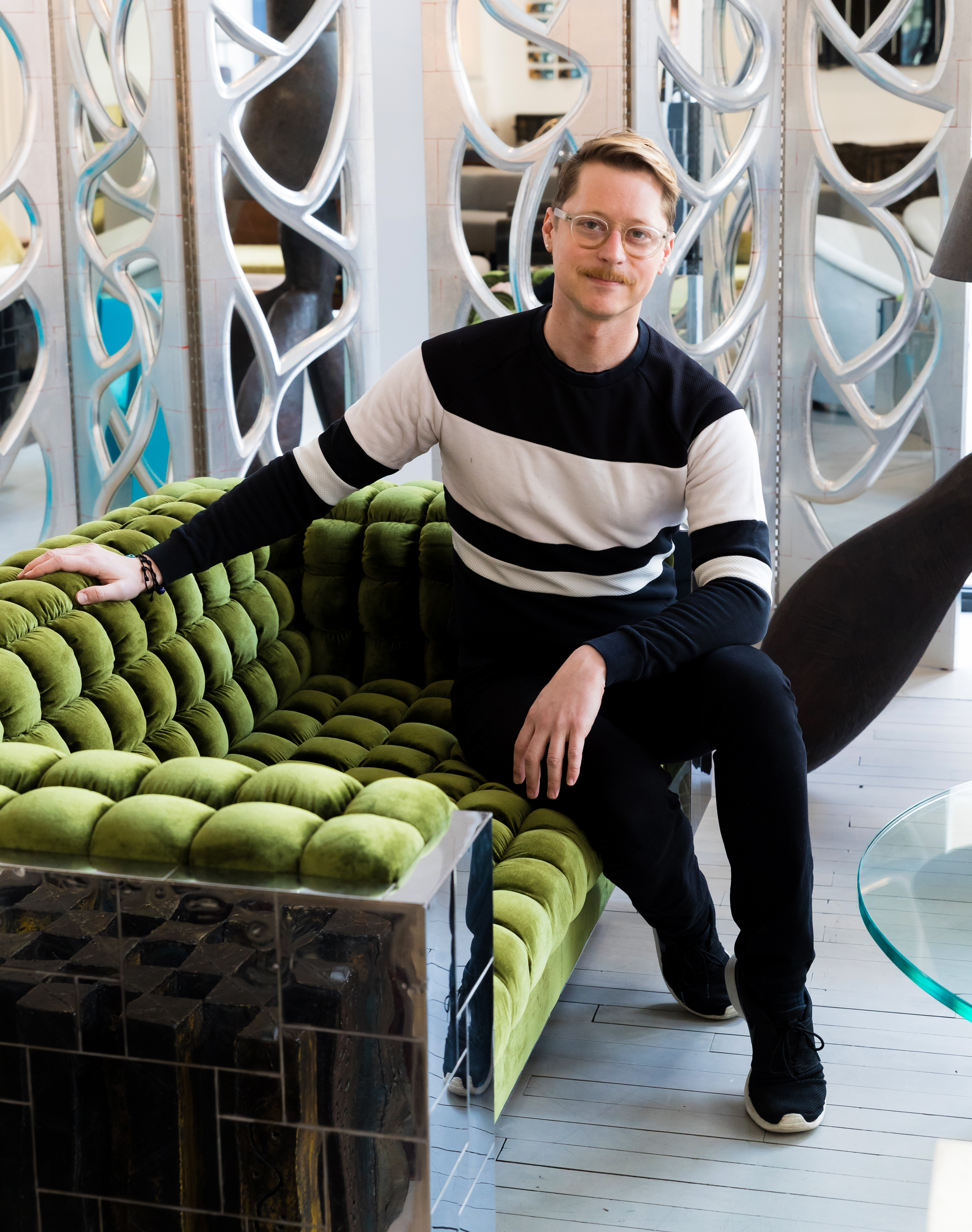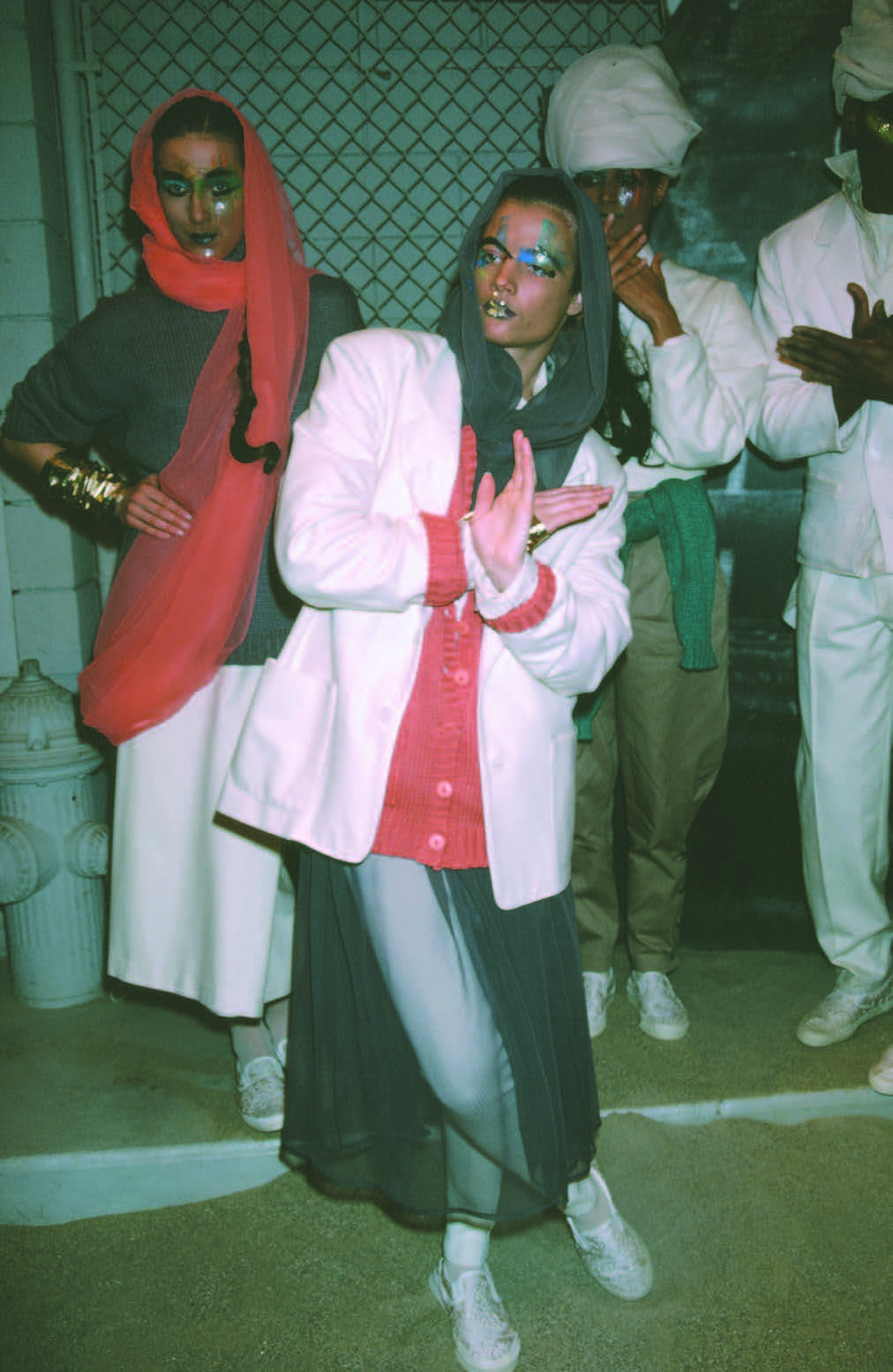

As New York—and the world—moves into a post-lockdown summer season, it is becoming clear how our recent ordeal continues to shape the “new normal.” Restaurants have embraced outdoor dining and QR codes. Masks have become an inescapable part of the travel experience. At the same time, the museums and cultural institutions of New York are exploring how the lessons of COVID-19 could have lasting implications for the future.
Like restaurants, shops, and theaters, museums were rocked by the COVID-19 lockdown of 2020. In April of last year, many of New York’s major institutions came together to form a task force to coordinate a citywide standard operating procedure for museums. By September, most were able to successfully re-open. New Yorkers eager to get out of their homes were welcomed back to these cultural juggernauts with newly implemented protocols.
Although initially viewed as temporary, these restrictions have given rise to unexpected benefits. Reduced capacity and timed ticketing have created a special opportunity: a more open (read: socially distant) atmosphere to observe New York’s greatest treasures and the most progressive and diverse contemporary art in the world.
Will Sullivan, Head of Visitor Experience at the Metropolitan Museum of Art, said in a conversation with GRAZIA that advance ticket sales have given museums a better understanding of their visitors thanks to engagement through targeted emails and programming. For that reason, Sullivan suggested that reserved ticketing might not go anywhere, even as the threat of the virus dissipates—welcome news for those who have appreciated the smaller crowd sizes.
Like the Met, many museums have taken this unprecedented occasion as a call to reflect on the past year, rethink strategies, and reach out directly to the local community with exhibitions and events that are more personal and inclusive than ever.
The Brooklyn Museum recently opened the exhibition “The Slipstream: Reflection, Resilience, and Resistance in the Art of Our Time” on view through March 2022. Centering on artists of color, the exhibition features work by multiple generations responding to the confluence of the devastating effects of the pandemic, civil unrest across the United States, a contested presidential election, and unchecked climate change. The museum is introducing a robust schedule of local events beginning this (Pride) month with “First Saturday Lite,” a free outdoor afternoon celebration of culture and community with DJs, live music, a drag and burlesque showcase honoring queer and trans icons, as well as a pop-up market. brooklynmuseum.org
El Museo del Barrio, affectionately known simply as El Museo, is presenting “ESTAMOS BIEN – LA TRIENAL 20/21,” the museum’s first national large-scale survey of Latinx contemporary art featuring more than 40 artists from across the United States and Puerto Rico. Continuing the trend of innovating methods of conversation, the museum has created a special Spotify playlist with more than 100 songs selected by the curators and artists participating in the exhibition. elmuseo.org
Meanwhile, MoMA PS1 is utilizing their courtyard to present Rashid Johnson’s “Stage,” an immersive exhibition/performance that draws on the history of the microphone as a tool for protest and public oratory. Attendees are invited to mount the yellow powder-coated stage, replete with Johnson’s signature markings, to freely speak their minds. Their statements will be recorded and rebroadcast via speakers installed throughout the courtyard. moma.org/ps1
At other institutions, the pandemic serendipitously coincided with existing plans for renovations and expansions. The Frick Collection’s long-discussed enhancement of their East 70th Street residence is finally taking shape, giving lovers of historic art the opportunity to see masterpieces from the Renaissance to the early twentieth century with fresh eyes at the Marcel Breuer–designed building on Madison Avenue, formerly home to the Whitney Museum of American Art. frick.org
Similarly, the Studio Museum in Harlem—currently in construction of their new facility at 144 West 125 Street — introduced “inHarlem,” a broad slate of initiatives and programs directly engaging the Harlem community at a variety of partner and satellite locations in Harlem, throughout the city, and beyond. An ongoing online exhibition/project, “Harlem Postcards,” invites contemporary artists of diverse backgrounds to reflect on Harlem as a site of cultural activity, political vitality, and creative production through an examination of the museum’s collection. studiomuseum.org
Craft, often a dirty word in the circles of fine art, is going through something of a renaissance this summer with two exhibitions highlighting the cultural significance and inventive thinking of pioneer makers who worked along the fringes of fine art in clay, fiber, glass, metal, and wood.
The Museum of Art and Design’s “Craft Front & Center” and the Whitney Museum’s “Making Knowing: Craft in Art” both draw from their remarkable collections to challenge accepted ideas of “serious art” while exalting visual languages that have typically been coded as feminine, domestic, or vernacular. MAD has a particularly substantial schedule of programming including “Art Alive,” an art-making experience for kids and families that takes place every Sunday. whitney.org/madmuseum.org
Reopening on June 10 (with free admission through October), The Cooper Hewitt will resume its exhibition “Willi Smith: Street Couture,” which briefly opened to the public in March of 2020. The show features key works by Smith, a trailblazer of streetwear fashion who founded the iconic brand WilliWear in 1976 and leveraged innovative partnerships with artists, designers, and performers to break down social, cultural, and economic boundaries. cooperhewitt.org
Recently installed at the Metropolitan Museum, “Alice Neel: People Come First” has brought new attention to one of the century’s most radical and vivid painters. A champion of social justice and an icon for feminists, Neel’s expressive portraits depicting friends, family, lovers, and strangers both contradict and challenge the often-objectifying figurative works by her male contemporaries. The exhibition, the first for Neel in decades, includes more than100 works and is the most extensive show of her evocative paintings to date. metmuseum.org
In addition, the Met continues with a robust exhibition program including a forthcoming Medici loan show (despite the pandemic-related challenges of loan shows) and in conjunction with the Costume Institute, the glittery star-studded Met Galaand exhibition has been rescheduled for September.
No matter where you look this summer, a return to “normal” comes with a certain measure of anxiety, uncertainty, and fear. Nevertheless, we are—as ever—encouraged and inspired by the world of art, as these institutes and others take the lead in reminding us of the indomitable creativity and resilience of the human spirit.

















